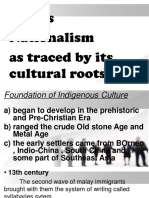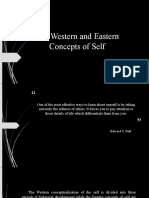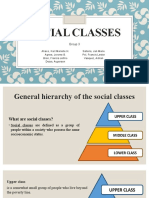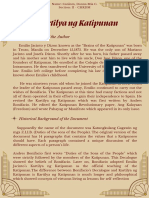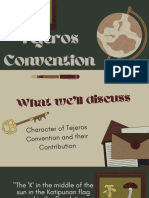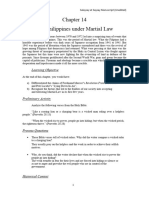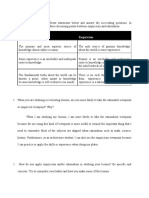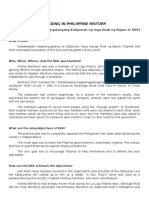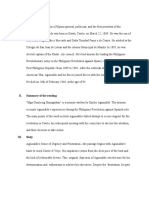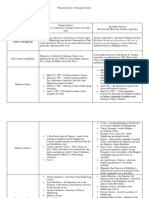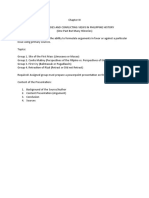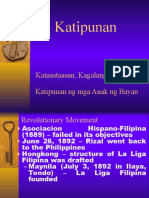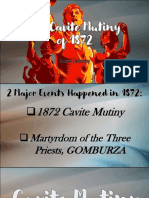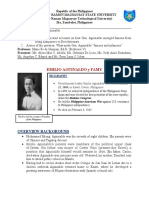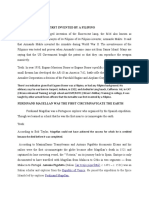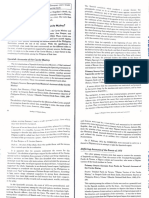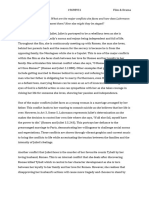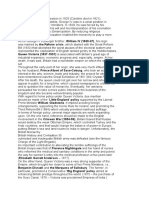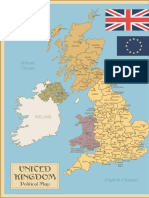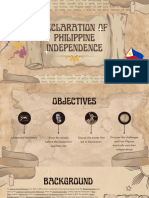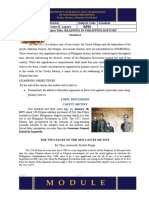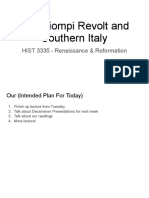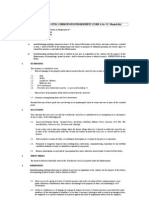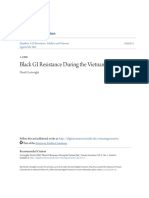0% found this document useful (0 votes)
266 views6 pagesPhilippine History: Spaces For Conflict and Controversies Topic 2: Cavite Mutiny
This document provides a summary of two primary source accounts of the Cavite Mutiny of 1872 in the Philippines from Spanish historians Jose Montero y Vidal and Governor General Rafael Izquierdo. Both Spanish accounts characterize the mutiny as a pre-meditated attempt to overthrow Spanish rule and install a new government led by native Filipino clergy. However, the accounts are recognized as biased in favor of the Spanish perspective. The document also notes there are two other primary source accounts that provide differing narratives that counter the Spanish version of events.
Uploaded by
Cosmic Soleil PHCopyright
© © All Rights Reserved
We take content rights seriously. If you suspect this is your content, claim it here.
Available Formats
Download as DOCX, PDF, TXT or read online on Scribd
0% found this document useful (0 votes)
266 views6 pagesPhilippine History: Spaces For Conflict and Controversies Topic 2: Cavite Mutiny
This document provides a summary of two primary source accounts of the Cavite Mutiny of 1872 in the Philippines from Spanish historians Jose Montero y Vidal and Governor General Rafael Izquierdo. Both Spanish accounts characterize the mutiny as a pre-meditated attempt to overthrow Spanish rule and install a new government led by native Filipino clergy. However, the accounts are recognized as biased in favor of the Spanish perspective. The document also notes there are two other primary source accounts that provide differing narratives that counter the Spanish version of events.
Uploaded by
Cosmic Soleil PHCopyright
© © All Rights Reserved
We take content rights seriously. If you suspect this is your content, claim it here.
Available Formats
Download as DOCX, PDF, TXT or read online on Scribd
/ 6



